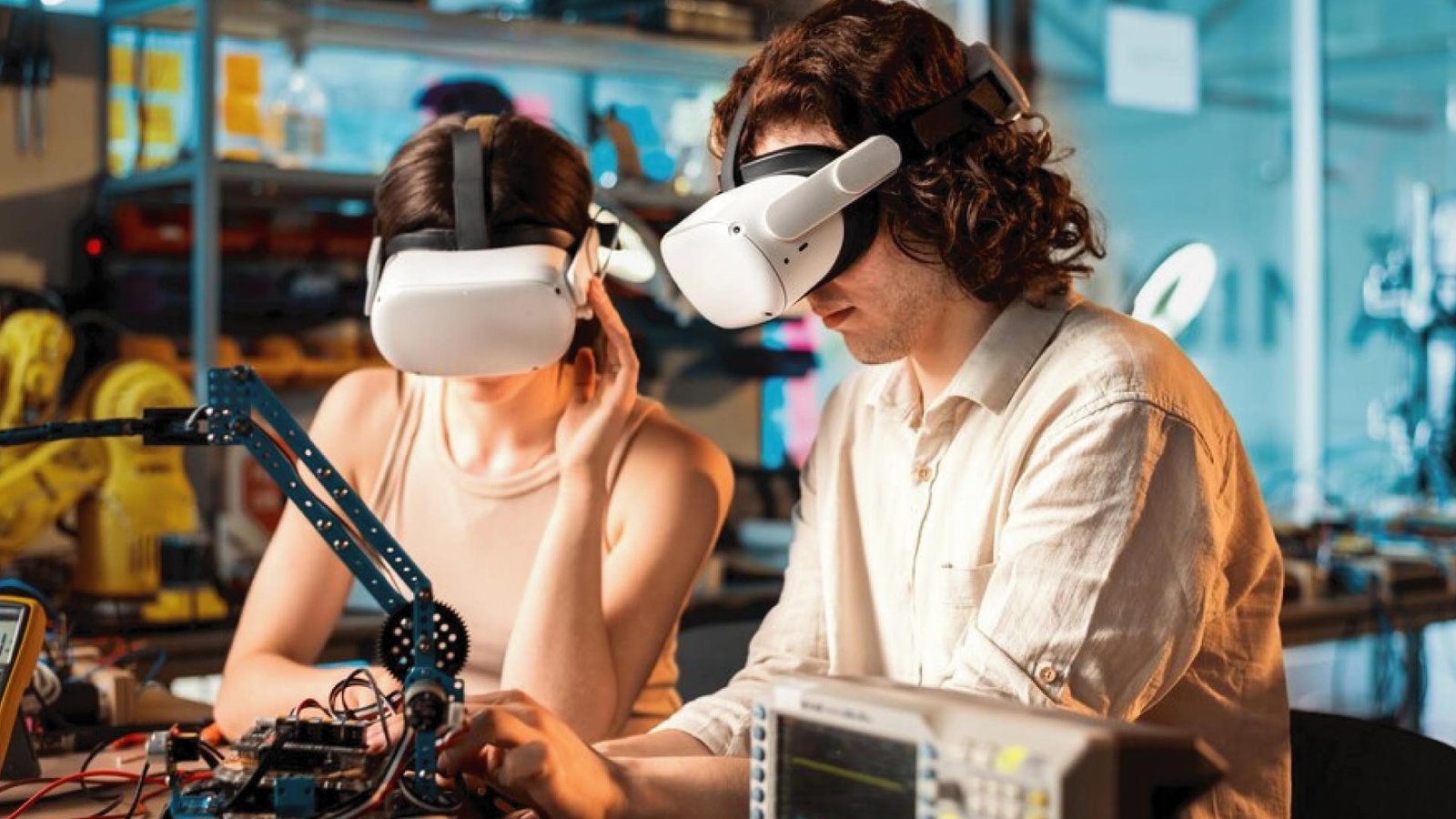AI and automation aren’t taking jobs—they’re transforming them. The smartest factories will be the ones where humans and machines collaborate.
Automation is no longer just about efficiency. It’s about how human skill and technology can work together. One important question that emerges when smart factories become a reality is whether we are empowering humans or replacing them with machines.
How businesses combine automation, robotics, and artificial intelligence will determine the answer. The best results don’t come from machines doing it all. They come from machines enhancing human capabilities.
Table of Contents
1. Automation Isn’t the Enemy—How We Use It Is
2. Where Smart Factories Give Humans the Edge
3. The Big Challenge: Are We Ready for This Change?
The Winners Will Balance People and Tech
1. Automation Isn’t the Enemy—How We Use It Is
The anxiety over the displacement of jobs in manufacturing is nothing new. But the statistics show something else. The World Economic Forum states that AI and automation will generate 97 million new jobs by 2025. This movement isn’t about replacing people. It’s about reassigning jobs.
Instead of performing redundant tasks, human employees can focus on higher-level decisions. They can drive innovation and take on leadership roles.
The key is not just adopting automation. It’s ensuring that it complements and enhances human capabilities.
2. Where Smart Factories Give Humans the Edge
The most forward-thinking manufacturers are utilizing automation and artificial intelligence to supplement, not replace, their labor. Here’s how:
- Better decision-making: Real-time insights are provided by AI-driven analytics. Employees can make better and quicker judgments as a result.
- Cobots, not robots: Collaborative robots with human assistance improve accuracy and reduce physical strain.
- Upskilling over layoffs: Companies investing in reskilling see long-term gains. Studies show that businesses with strong workforce training programs outperform their competitors by 2.5 times. The advantage is clear.
It’s not technology that’s only changing. The goal is to create a workforce that is skilled, flexible, and future-ready.
3. The Big Challenge: Are We Ready for This Change?
Not every business is on board with this human-centered approach. Some continue to favor cost-cutting over employee development. The fear isn’t that robots will take jobs. The real concern is that companies won’t invest in developing the talent. The one that is needed to complement these machines.
The other problem is trust. Employees must be open about how automation affects their jobs. When AI is used as a monitoring device instead of a helper, resistance increases. Firms that focus on ethical use of AI and open communication will have smoother adoption.
The Winners Will Balance People and Tech
The future of manufacturing is in the hands of firms that automate but also integrate. The brightest factories will be those where AI complements human judgment. In these environments, robots will support rather than displace workers. Most importantly, employees will feel empowered, not threatened.
The real question is: Will businesses see human-centric automation as a competitive advantage or as a barrier? Those who get it right will lead the way in the next era of smart manufacturing.
Discover the latest trends and insights—explore the Business Insights Journal for up-to-date strategies and industry breakthroughs!

